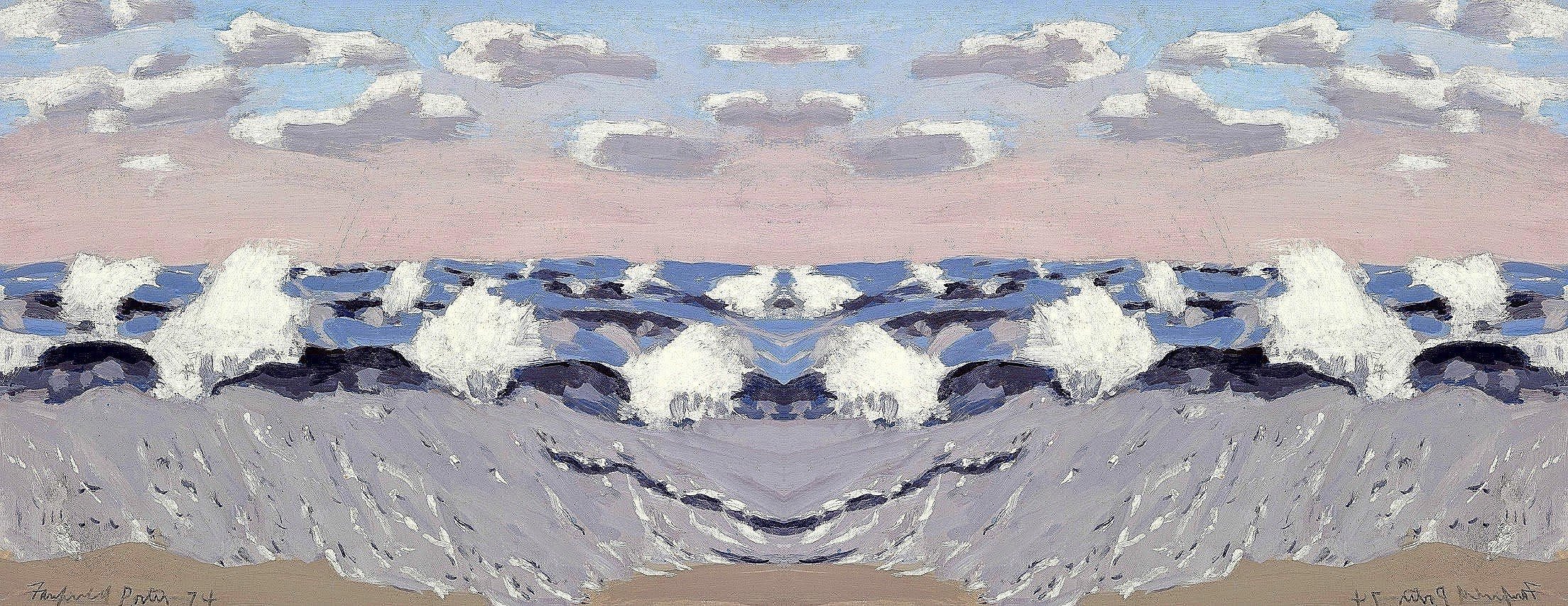Fairfield Porter (1907-1975) was a brilliant and complicated man who was deeply engaged with the most vital artistic and philosophical debates of his era. These debates echoed throughout his criticism and were essential to the development of his art. His embrace of the spirit of the New York School was a bold expansion of America’s long standing tradition of figurative painting.
What is Fairfield Porter’s place in the history of American painting?

American Painting
Painting is both an art and a craft. It therefore shares both the unpredictable nature of the imagination which, like the wind, blows where it wills and the social character of an organized skill in human society. These two elements—the one volatile as air or fire, the other earthbound and practical but, like the earth, stabilizing and life-giving—are always present in art. But nowhere is their mutual action and reaction more striking, their interplay more curious, than in their creation of a new national tradition of painting in America.
E. P. Richardson
The Critic
“…it can certainly be said that no practicing painter of distinction has ever made so complete a map of the art of his contemporaries—a map to which he himself invented the key, which is also the key to his own mind and art.”
Rackstraw Downes
Introduction to ART In Its Own Terms Selected Criticism 1935-1975 by Fairfield Porter
The Painter - Part 1
Porter was one of the most articulate and intelligent of contemporary painters, and never painted representationally out of either nostalgia or a lack of understanding of modernist ideas, but, as he put it, as “a way of expressing the connections between the infinity of the diverse elements that constitute the world of matters of fact.
— “Fairfield Porter’s Contribution to Modernism” Patricia Mainardi ARTnews February 1976
Porter in his Southampton studio. Mid 1960s.
The Painter - Part 2
Fairfield Porter is not a“realist” in the conventional sense of the word. Literal documentation of objective reality was not his goal. Rather, he hoped to capture in his paintings his “immediate experience” of the world.
Inspired by Art
A Boy Bringing Bread c. 1663
Pieter de Hooch


